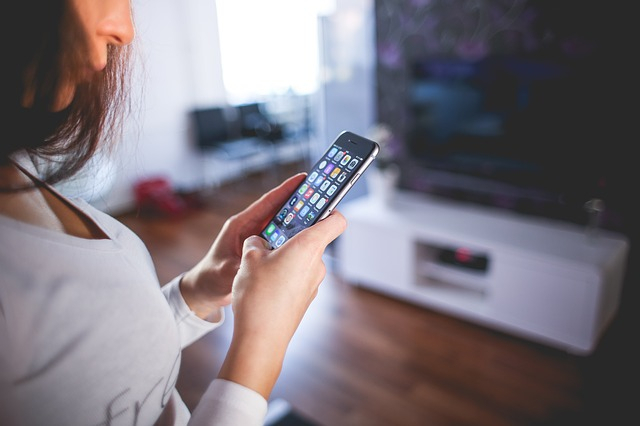What can a smartphone detect? One's heart rate? The number of steps walked? What if it could detect urinary tract infections (UTIs)? Some would say that it is too absurd an idea to be true. However, researchers at the University of Bath have managed to accomplish this feat.
In a recently published study, the researchers illustrated a method that borrows from the principle of a pregnancy test and can detect the presence of E.coli bacteria—which is present in 80 percent of UTIs—in a urine sample in 25 minutes using the camera of an average smartphone.
"The test is small and portable – so it has major potential for use in primary care settings and in developing countries," Nuno Reis, lead author of the study and developer of the method, said in a statement.
How does the test work?
The test employs antibodies to trap bacterial cells in extremely thin inside a plastic strip, followed by the detection and identification of pathogenic cells optically. This is different from the microbiological techniques employed currently.
A urine sample is passed over a plastic micro-capillary strip with ridges. The strip contains a disabling antibody that can identify E.coli bacterial cells. Antibodies present in the reagents will bind with the E. Coli cells and prevent it from moving through the plastic strip. Lastly, and an enzyme that causes a change in colouration is added. This can be picked up by the camera of a smartphone.
Also, through the analysis of the image captured by the camera, the system can measure the concentration of the bacteria in the sample.

Cost-effective, portable and time-saving
As mentioned earlier, the current form of UTI detection is through microbiological methods. While accurate, it can take days to receive the results of a test. Additionally, the new method has the potential to make UTI tests accessible in poor and developing countries, and remote regions where lab facilities are not developed or are unavailable.
Another area where this new test can help improve is the treatment of UTI. Current treatments—in the absence of fast diagnosis—often include an array of antibiotics, where some may prove unnecessary. This poses the risk of E-coli bacteria developing resistance to antibiotics and becoming notoriously hard to eliminate.
"Currently, bacterial infections in UTIs are confirmed via microbiological testing of a urine sample. That is accurate, but time-consuming, taking several days. We hope that giving medical professionals the ability to quickly rule in or rule out certain conditions will allow them to treat patients more quickly and help them make better decisions about the prescription of antibiotics," added Reis.
What is the next step in the research?
The researchers say that the test has passed the proof-of-concept stage. A clinical trial is the next step forward. However, it will require the partnership of commercial and clinical partners. Detection of other bacteria and their concentrations is another aspect of the test the researchers intend to explore. According to them, this will enable the prescription of precise dosages required to treat infections and reduce the over-prescription of antibiotics.
Getting past regulatory sanctions that classify the use of smartphones for such unscientific uses, is another hurdle that the scientists wish to overcome. "The smartphone solves one of the biggest problems of the decentralising of diagnostics because their capabilities are actually very sophisticated in certain conditions. They offer the same functionality as sophisticated scanners that have until now been available only in labs," concluded Reis.









